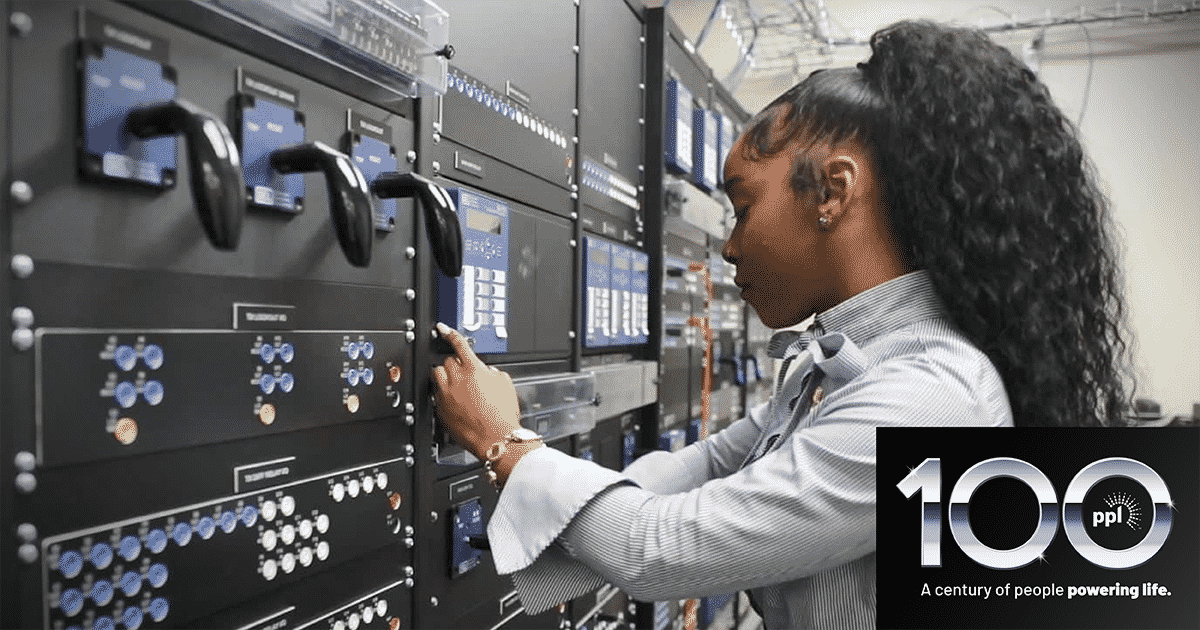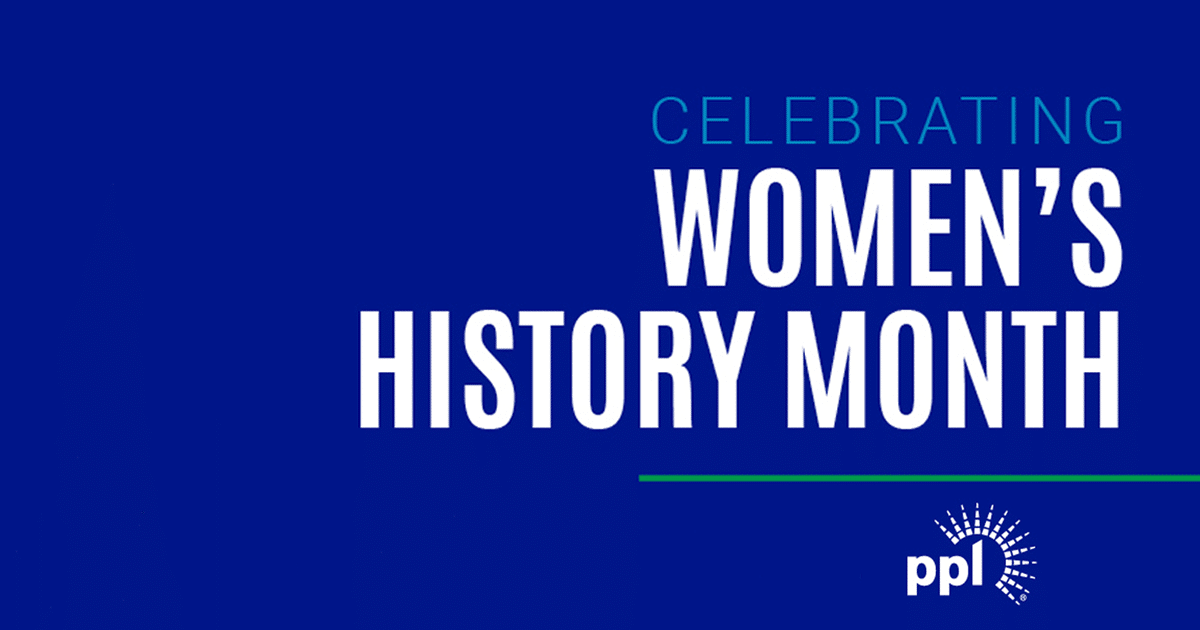From our early beginnings to this very day, our unwavering focus on providing exceptional service and reliability has powered our progress and ability to meet the ever-changing needs of the customers we serve.
Looking back, our progress has been defined by the people of PPL who have deployed new ways to make our work safer and more efficient. From the use of mobile radio telephones in PPL trucks during the daunting ice storm of 1948 to the implementation of Smart Grid automatic switching devices in 2016, our innovative solutions, are driven by the employees who live and work in the communities we serve.
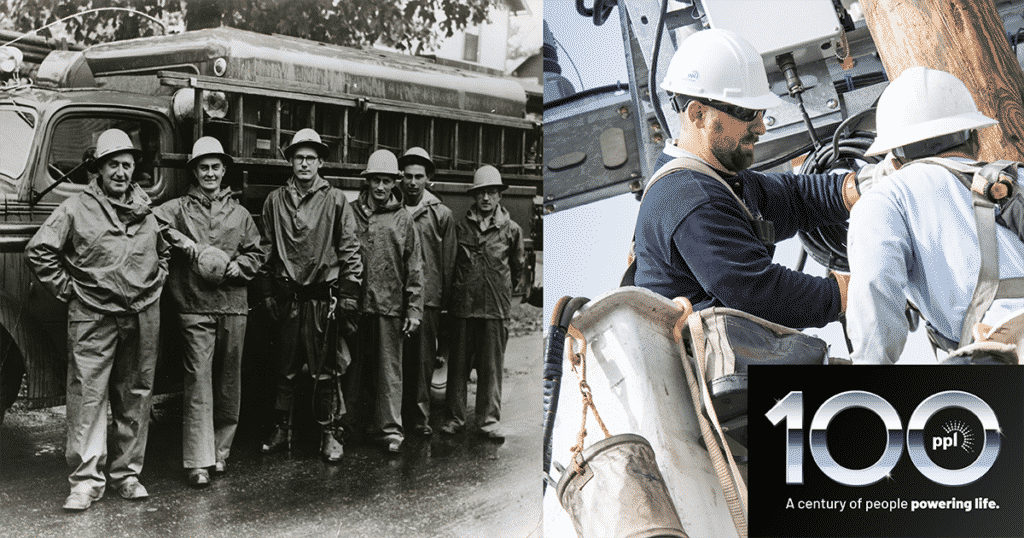
Meet Alyssa-Bonnee Wright
Growing up in Jamaica, Alyssa-Bonnee Wright often dealt with power outages that could last hours. She has a personal understanding and appreciation for how much people depend on power. Every day, she wakes up thinking about reliable power and works to ensure the customers of PPL have it.
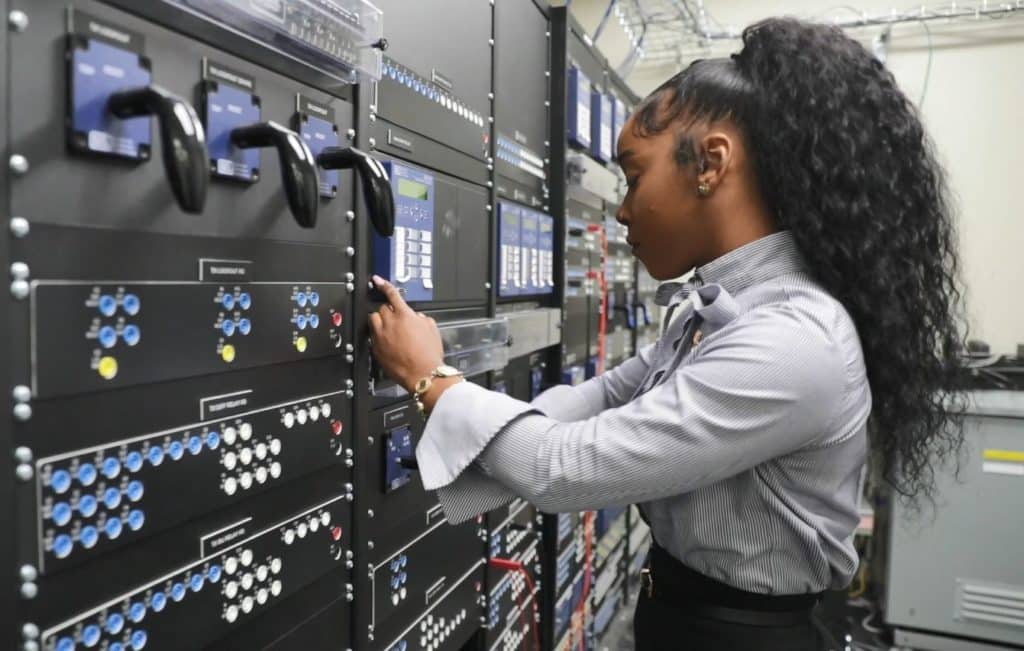
“When I get up, I am already thinking about the top three things I need to accomplish before noon, and I am excited to go to work,” shared Wright, senior standards and design engineer at PPL Electric Utilities. “If I do my job right, I am helping to minimize outages. That means a baby can have warm milk instead of cold, a family can enjoy a home-cooked meal together and companies can continue to operate.”
In her position, Wright monitors PPL’s infrastructure assets, such as electrical poles and wires, to ensure they’re aging according to their expected life span, receiving regular maintenance and being upgraded as needed. And the monitoring doesn’t just happen from the ground. Wright works extensively with drones to manage infrastructure and, ultimately, enhance reliability. In fact, PPL was one of the first U.S. utility companies to receive FAA approval to operate a drone.
The drones survey distribution power lines, capturing ultra-high-resolution images as well as thermal and LiDAR scans to monitor the health of the grid and identify problems before a failure occurs. Through these scans, Wright and her team can identify leaning poles and sagging wires, detect any possible excessive heat emissions related to a current-carrying component and identify the locations of issues. Having this data helps the team make proactive and strategic data driven decisions to address impacts on infrastructure, preventing potential outages for customers.
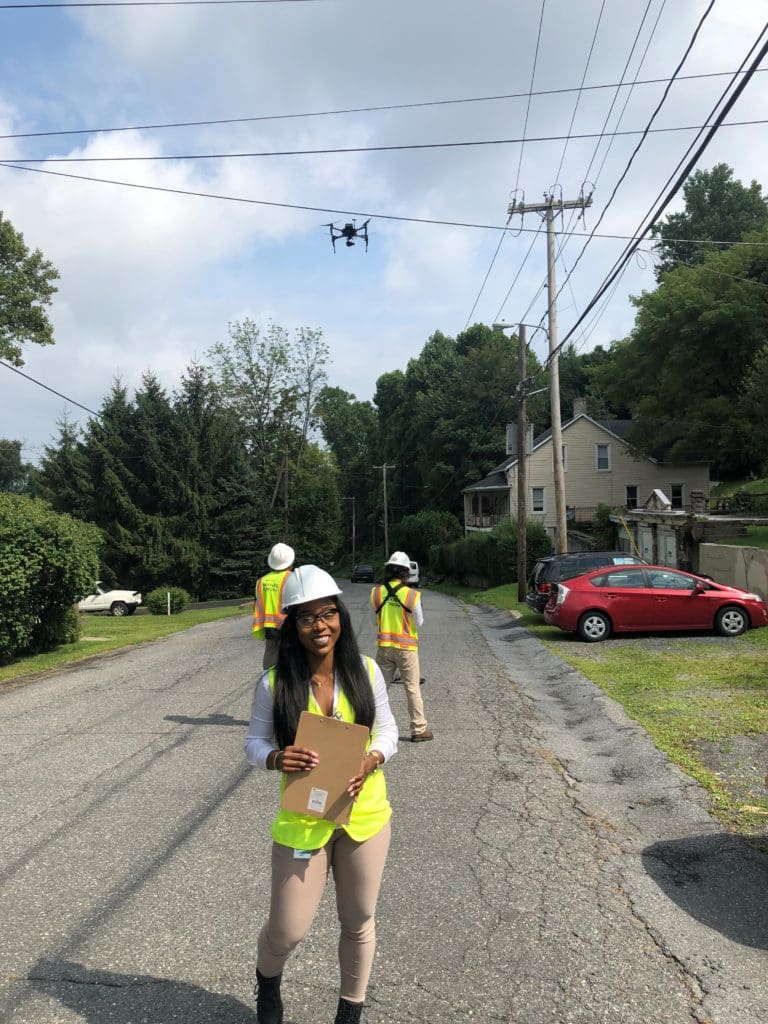
“Drones are helpful in many ways. Beyond the critical data provided, they can access hard-to-reach locations that could put on-the-ground crews at a safety risk. Our teams have used drones to access the extent of restoration work and resources needed in inaccessible areas due to downed trees and wide ravines,” explained Wright. “In addition, with an aerial photo, many of us can examine an issue whereas if one person provides a notation, we’re relying on one perspective.”
When asked if she ever thought she’d be using a form of aircraft in her job, Wright responded, “No, but it makes me interested to think about what technology we could be using to problem solve next.”
For Wright, working at PPL has been a long-term goal. Her brother and father are both engineers. She gained an interest in engineering at the age of 15 and has always had an eye on PPL.
“PPL has always been a company of leaders and forward thinkers in the utility business,” Wright said. “While every company has to have some sort of hierarchy, at PPL the boundaries are flexible. Upper management gets to hear the concerns of our customers and our suggested solutions directly from us. That creates an environment where people aren’t reluctant to share ideas and a place where people want to work.”
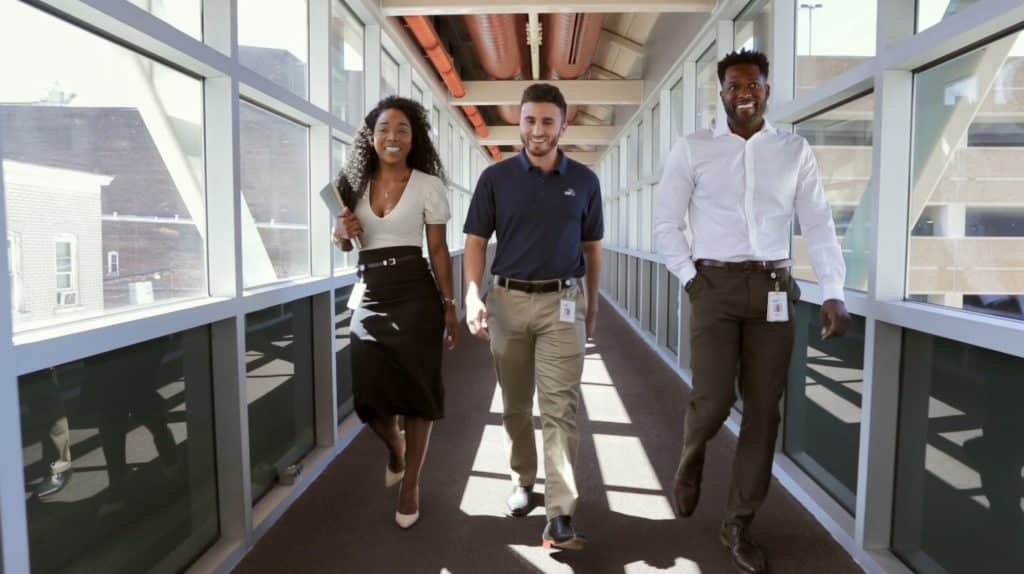
At PPL, we will continue to revolutionize the way we engage with our customers in the years to come. Though the utility industry is changing fast, our commitment to providing reliable electricity remains unchanged. We delivered in 1920, we deliver in 2020, and we’re committed to delivering long into the future.
